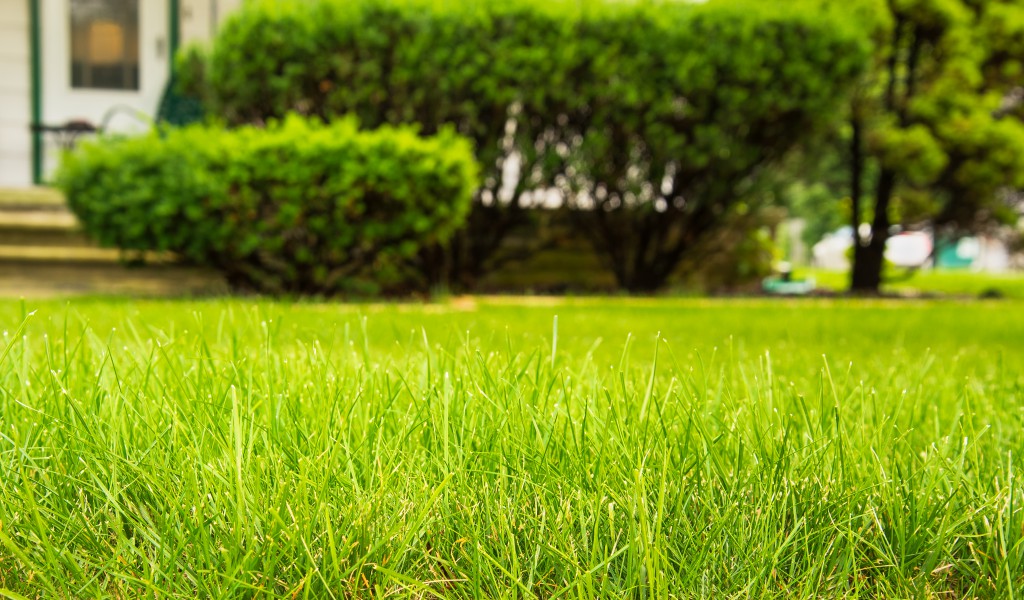Tips for a Greener Lawn

One of the main factors in curb appeal is a nice lawn. Keeping your lawn looking great can be a challenging task, though. You are often at the mercy of weather and the demands on your time. Overseeding after core aeration is a tried-and-true method you can use to maximize the health of your grass and give your lawn the support it needs to thrive.
Preparing the Soil
Good soil is the basis for a lovely lawn. There are several problems that can have an impact on whether or not your soil stays conducive to continued growth:
- Shallow root development
- Harmful insect infestation
- Plant disease
These issues are more likely to occur when water and nutrients can’t get to the roots of your grass. A little bit of decomposing materials on the top of your soil enriches it, but more than half an inch of thatch becomes an obstruction. If this occurs or your soil is compacted, core aeration is necessary to break up the soil enough to provide your roots with a little breathing room. A local landscaper can use this process to give roots a chance to grow and develop, leading to a lusher turf and a more beautiful lawn.
Overseeding the Lawn
Once the soil has been aerated, it is the perfect time to overseed your lawn. The seed falls in the plugholes left by the aeration process and is covered and protected by the soil around it. With proper hydration and regular care, the seeds have a chance to take root. Within a few weeks, you should see a noticeable difference in the quality of your turf as new growth rises up through the soil.
If your lawn is overrun by thatch or your soil compacts easily, lawn care professionals can use core aeration and overseeding to restore it. Ensuring that roots get the space they need to grow helps your turf stay beautiful.
